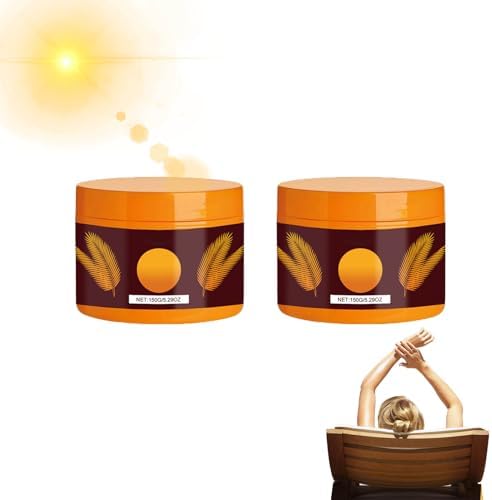The UK’s beauty industry sees continual innovation with products designed to give a sun-kissed glow without the risks associated with traditional sun tanning. Among these products, tanning drops have become increasingly popular for their ease of use and effectiveness. However, the surge in their popularity also calls for a closer look at the regulatory framework governing these products to ensure consumer safety.
Understanding Tanning Drops
When added to regular skincare products, tanning drops are concentrated liquids that gradually tan the skin. These products typically contain dihydroxyacetone (DHA), a colour additive that reacts with amino acids in the skin to produce a temporary pigment. The appeal of tanning drops lies in their ability to integrate seamlessly into existing skincare routines, offering a customisable and controlled tanning experience.
Regulatory Body Overseeing Tanning Products in the UK
In the UK, the regulation of cosmetic products, including tanning drops, falls under the Office for Product Safety and Standards (OPSS) remit. This regulatory body ensures that all cosmetic products comply with strict safety standards outlined in the EU Cosmetic Products Regulation (EC) No 1223/2009, which remains in force post-Brexit.
Key Regulatory Requirements for Tanning Drops
- Safety Assessment: Before marketing tanning drops, they must undergo a rigorous safety assessment. This assessment is conducted by a qualified professional who ensures that the product is safe for human use under normal and reasonably foreseeable conditions of use.
- Product Information File (PIF): Every cosmetic product must have a Product Information File (PIF) that includes information on the product formulation, safety assessment, and evidence of claimed benefits. This file must be readily accessible to regulatory authorities for up to ten years after the last batch of the product was sold.
- Labelling Requirements: Labels on tanning drops must include a list of ingredients, usage instructions, and any necessary warnings. Labels must also be clear and readable to ensure users are well-informed about the correct application and any potential risks.
- Notification: All cosmetic products, including tanning drops, must be registered in the Cosmetic Product Notification Portal (CPNP) before making them available on the UK market. This database is used by regulatory authorities to monitor product safety and facilitate market surveillance.
Challenges in Regulation
The primary challenge in regulating tanning drops and similar products is ensuring compliance with safety standards without stifling innovation. As the formulation of these products evolves, regulatory bodies must continually update their standards and testing protocols to address new ingredients and technologies.
Consumer Safety Tips
- Check for Ingredients: Always check the ingredient list on tanning drops to ensure no substances may cause allergic reactions or irritation, particularly if you have sensitive skin.
- Patch Test: Before using tanning drops extensively, perform a patch test to ensure no adverse reaction to the product.
- Follow Instructions: Adhere strictly to the application instructions and recommended usage to avoid overexposure to DHA, which can lead to uneven or overly dark tans.
- Purchase from Reputable Sources: Buy tanning drops from reputable retailers that adhere to UK regulations. This minimises the risk of encountering counterfeit or substandard products.
The Future of Tanning Enhancers in the UK
As consumer interest in safer tanning alternatives grows, the market for products like tanning drops is expected to expand. This growth necessitates an adaptive regulatory approach that protects consumers while encouraging innovation within the industry. Ongoing research and adaptation in regulatory practices will be crucial as new ingredients and technologies emerge.
Tanning drops represent a significant advancement in cosmetic science, providing users a safer alternative to traditional tanning methods. The UK’s robust regulatory framework ensures these products are safe, effective, and high-quality. By understanding and complying with these regulations, manufacturers can continue to innovate safely while consumers enjoy the aesthetic benefits with confidence in the safety of their products.
For those exploring the world of tanning drops, staying informed about the regulatory landscape and adhering to safety guidelines is essential. As the industry continues to evolve, regulators and consumers must remain vigilant to maintain the highest safety and efficacy standards in cosmetic products.
